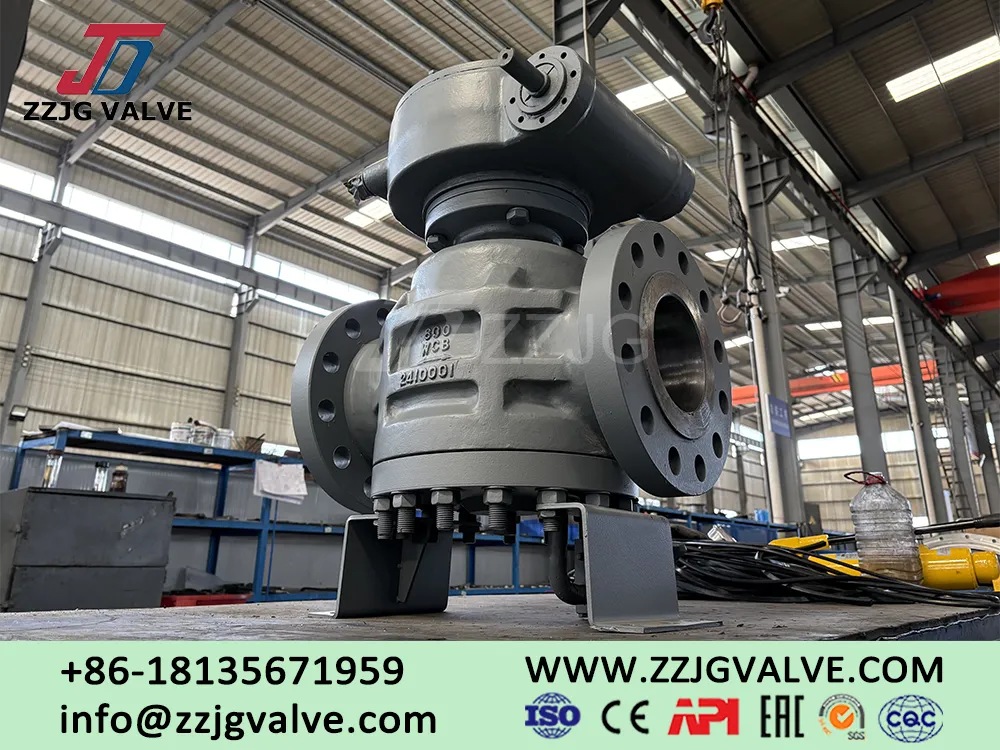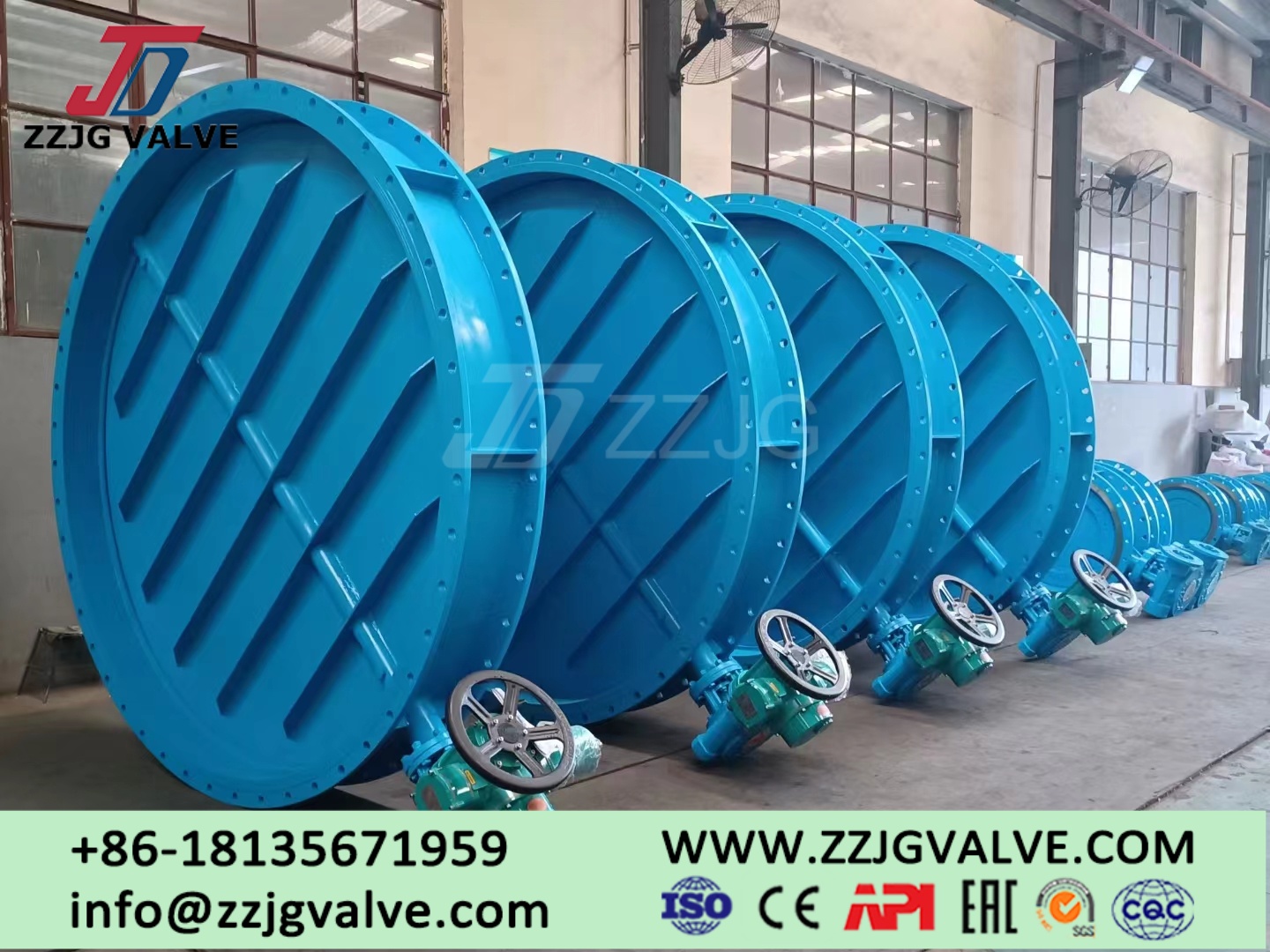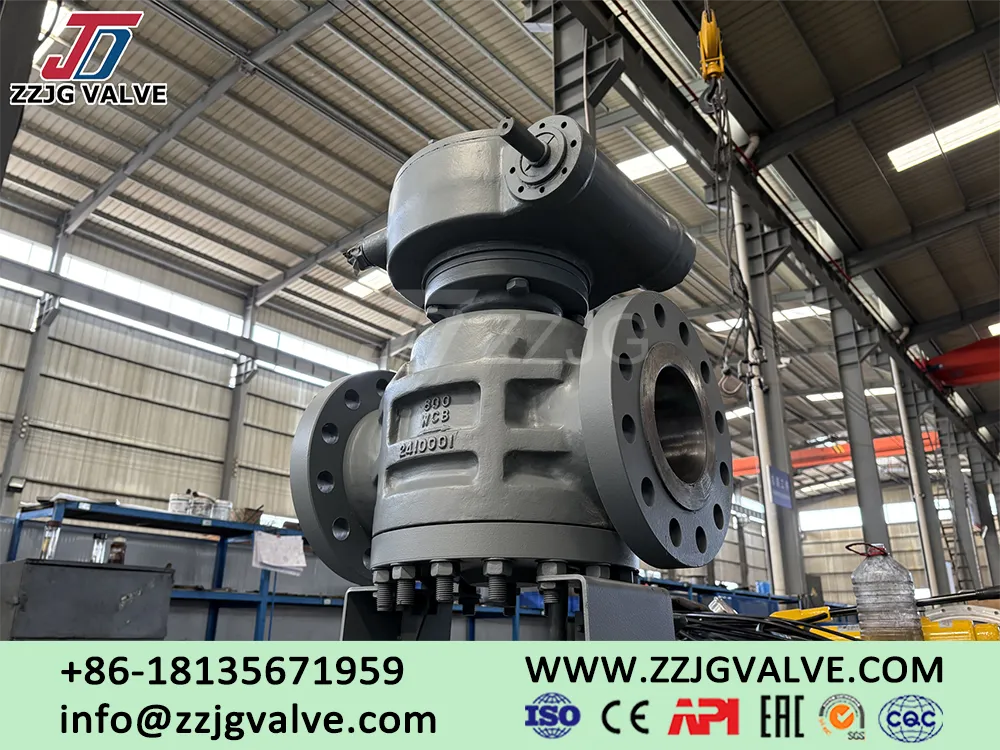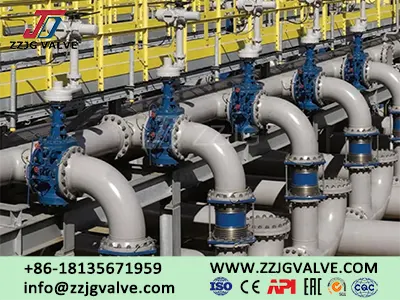Difference between plug valve and ball valve
Plug valves and ball valves are widely used and have similar functional characteristics. The ball valve evolved from the plug valve. The core of the ball valve is a sphere, and the plug valve core is a cylinder or cone. It is mainly used to cut off, distribute and change the direction of the medium flow. However, there are many differences between the plug valves and ball valves.
The characteristics of the plug valve are simple structure and rapid opening and closing. The sealing surface of the plug valve is much larger than ball valve, with good sealing effect, more stable sealing performance and safety. The rotation friction can be reduced by using self-lubricating PTFE or injecting grease. The sealing effect of the ball valve is slightly worse, but it can be made into a large diameter. With the improvement of technology, the sealing effect of the ball valve is getting better and better. Generally, plug valves are mostly used in occasions with strict sealing requirements, but the diameter is generally not large, while ball valves are used in occasions where the sealing effect is not strict and the diameter is required to be large.
In addition, due to the different structural designs of the plug valve and the ball valve, during the closing or opening of the valve, the medium flows into the bottom of the valve cavity through the ball gap of the valve seat of the ball valve, causing medium deposition and long-term contact corrosion with the bottom parts of the valve. During the opening and closing process, the plug valve effectively avoids the risk of medium leakage into the valve cavity. The sleeve seal plug valve has a self-cleaning function, which can remove solid particles attached to the valve core.
The plug valve has the advantages of fast switching, good sealing and corrosion resistance. The structure of the plug valve makes the switching direction very fast. It adopts metal-to-metal sealing and has excellent sealing. Because the structure of the plug valve is made of corrosion-resistant materials, it can adapt to the application of various chemical media. However, the plug valve has a large resistance to fluid and a narrow range of use. Because the plug valve requires small flow, low viscosity, and medium without particles, it is used in high temperature and high pressure, high viscosity, high concentration, and medium containing solid particles and fibers, such as petrochemical, metallurgy, chemical fiber, power and other industries.
Ball valves have the advantages of wide application range and low fluid resistance. Ball valves are applicable to a wide variety of pipelines and media, and have a wide range of applications in various industrial production. They have little resistance to fluids during use, but their sealing performance is relatively poor, and it is necessary to improve the manufacturing process and material requirements to ensure sealing performance.
In summary, plug valves and ball valves each have their own advantages and disadvantages. In practical applications, the appropriate valve should be selected according to the specific situation. If the service life and stability of the valve are considered, and the fluid resistance and leakage are required to be high, it is recommended to use a plug valve; if the valve is required to have wide applicability and the leakage and fluid resistance are not required to be high, a ball valve can be selected.
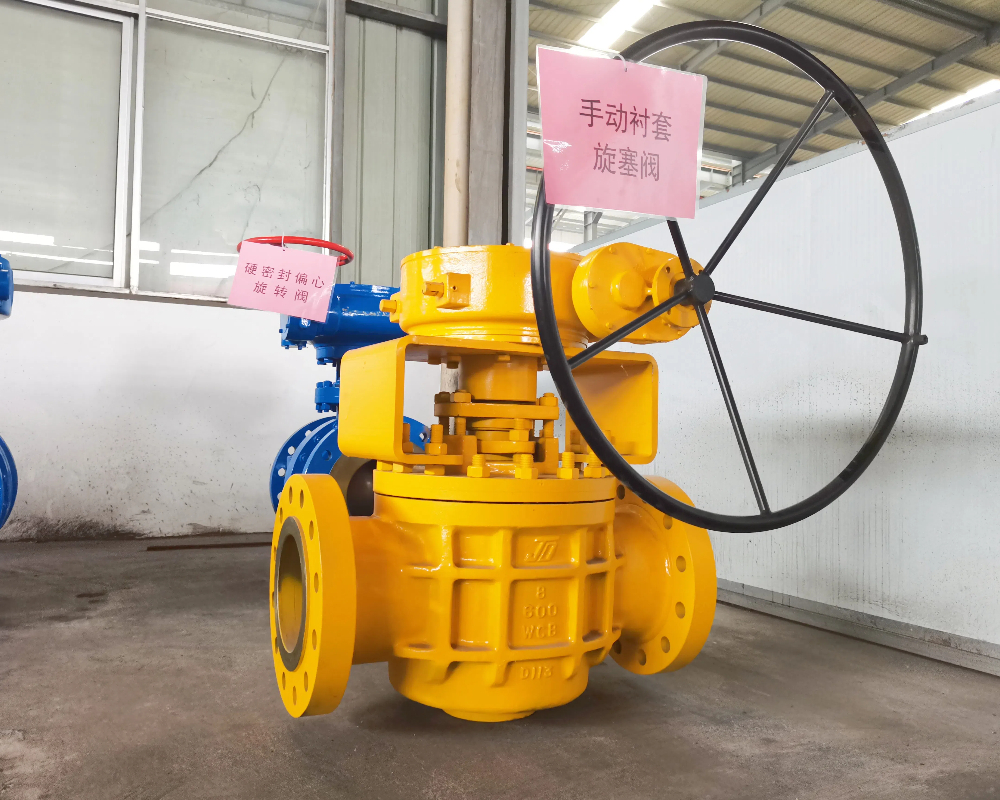
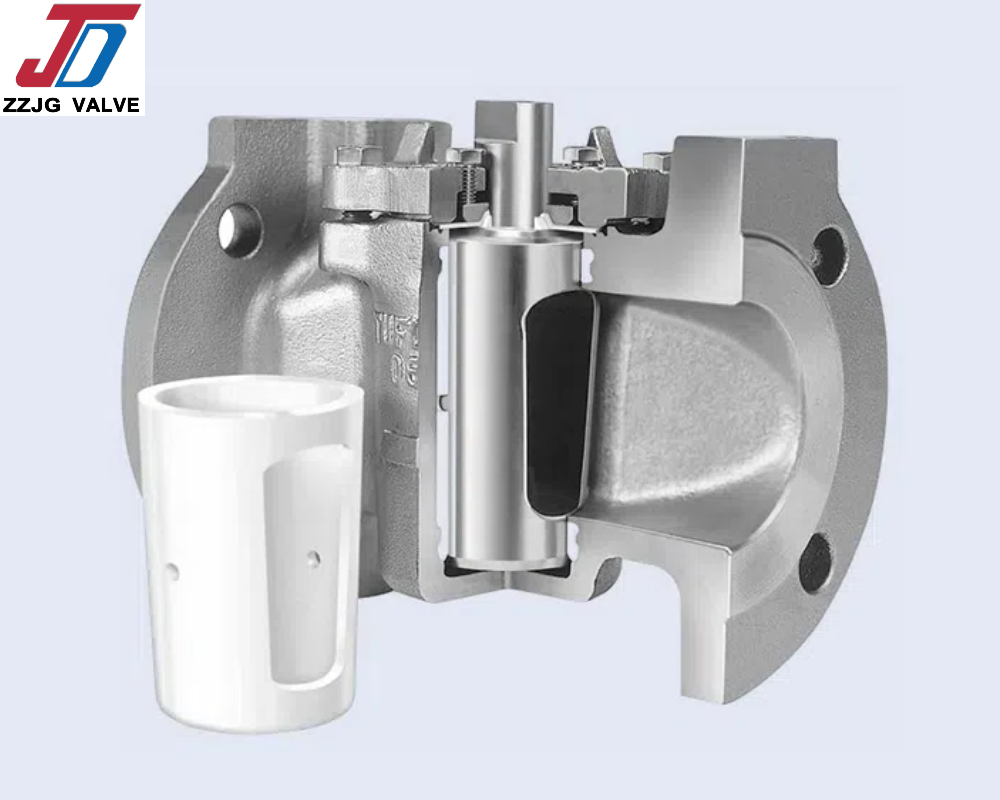
Next: ZZJG High-temperature butterfly valve

